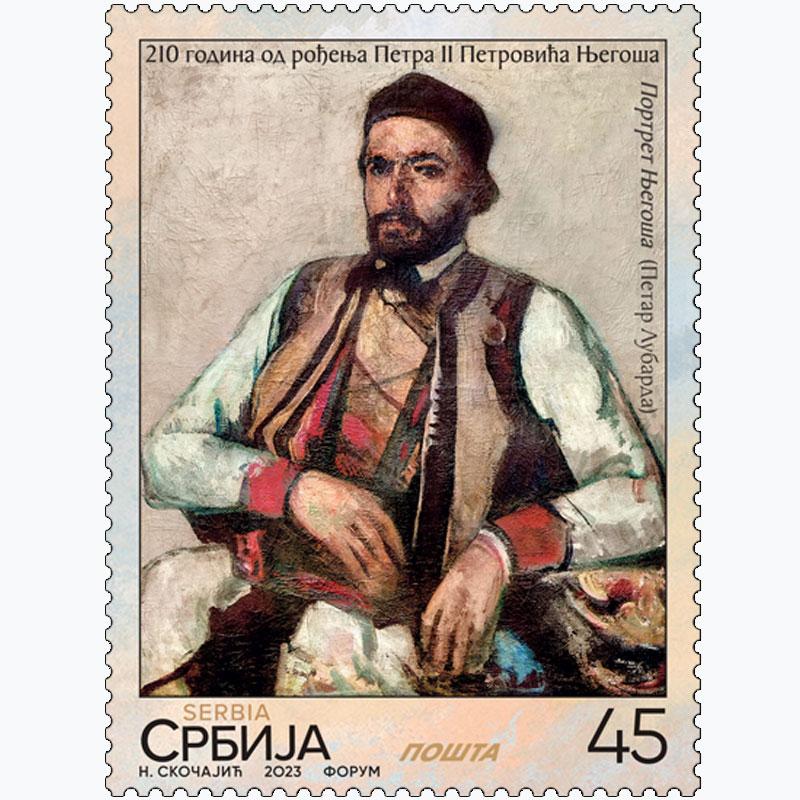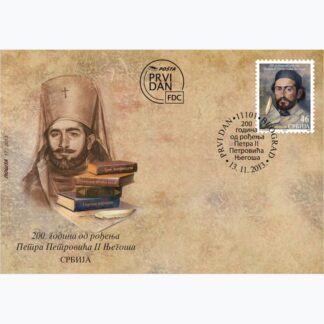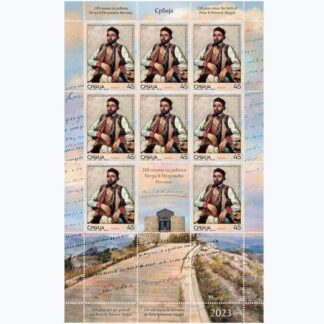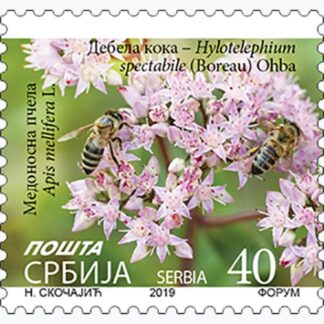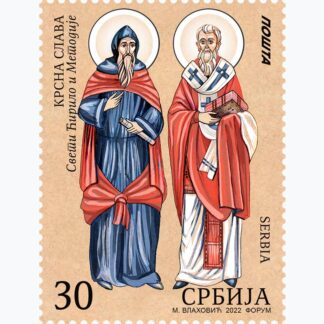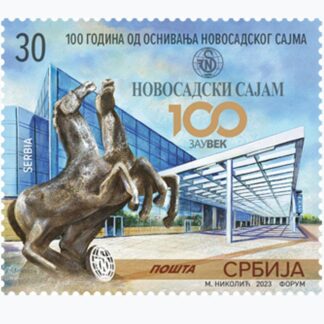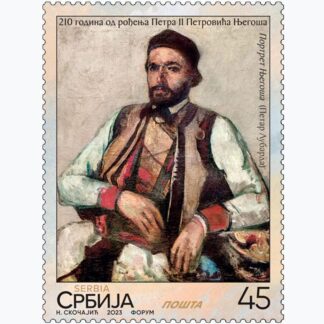Description
Petar II Petrović Njegoš (November 1, 1813 – October 19, 1851) was an Orthodox Montenegrin and Highland Prince-Bishop and head of Old Montenegro and Highland from 1830 to 1851. He was one of the greatest poets and philosophers of this region.
Njegoš was a charismatic and striking historical figure, but at the same time he was also a deeply enlightened and thought-provoking figure, which is evidenced primarily by his literary work. Respected as a ruler, he is best remembered as the author of the epic poem "The Mountain Wreath", which is considered one of the greatest masterpieces of European and world literature.
He was born in the village of Njeguši, near Cetinje, and after the death of his Uncle Petar I, he became the spiritual and secular leader of Montenegro.
He worked for the unification of Montenegrin tribes and the establishment of a centralized state. He introduced regular taxes, and his reign was marked by efforts to expand the territory of Montenegro.
He collected folk songs, which he published in the collection "The Serbian Mirror". A considerable number of his shorter poems, odes and epistles were published in the periodicals of that time. Although he had no formal schooling, through reading and reflection, Njegoš developed spiritually and shaped his artistic expression more deeply and completely, so in the last seven years of his life he created three of his most important pieces: "The Ray of the Microcosm", "The Mountain Wreath" and "False Tsar Šćepan the Little". His works have been translated into several languages, including Japanese.
Petar II Petrović Njegoš died in 1851. He was buried in Lovćen at the place where the Mausoleum designed by Ivan Meštrović is located today.
Stamp motif: Portrait of Njegoš, Petar Lubarda, 1940s, dimensions 96 x 80 cm, oil on canvas, private collection
Motif on the vignettes and on the envelope: Mausoleum of NJegoš on Lovćen designed by Ivan Meštrović , Miroslav Nikolić
Professional cooperation: Association of Writers of Serbia
Graphic realization of the issue: Nadežda Skočajić, academic graphic designer
